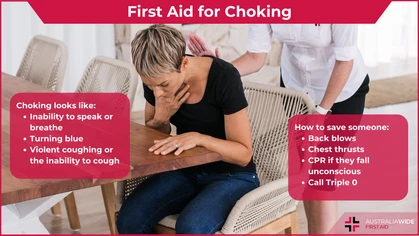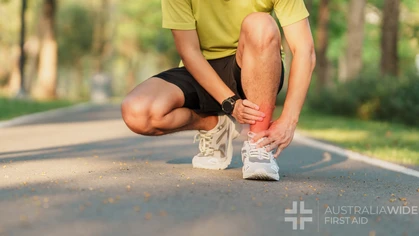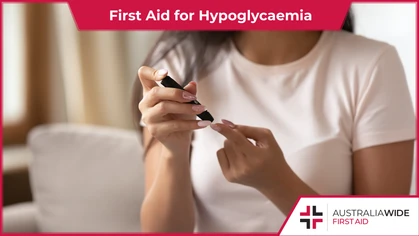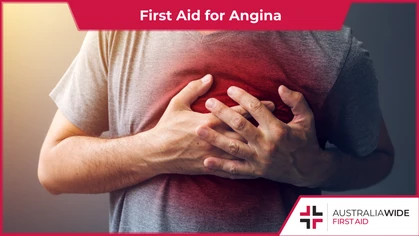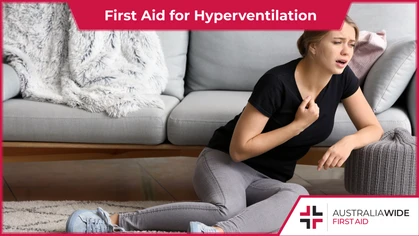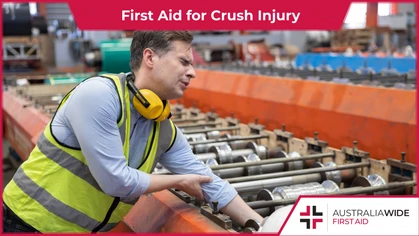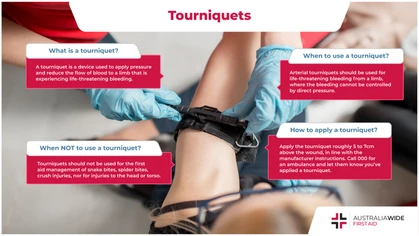First Aid for Opioid Overdose

How-To
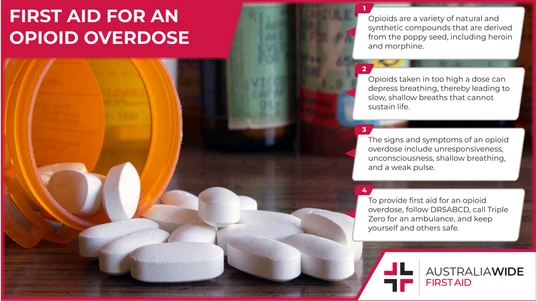
Opioids are a group of natural and synthetic compounds that have sedative and analgesic effects. They can often lead to dependence. It is important to know first aid for opioid overdoses, as casualties can stop breathing in a matter of minutes.
An opioid overdose occurs when a person takes a large amount of opioids and their body ceases to function normally, or experiences an adverse reaction. The term “opioid” refers to a variety of natural and synthetic compounds that are regularly prescribed for pain relief. It is important to know first aid for opioid overdoses, as casualties can cease breathing in a matter of minutes.What are Opioids?
Opioids are a variety of natural and synthetic compounds that are derived from the poppy seed, including heroin, morphine, and fentanyl. Opioids react with opioid receptors in the brain, which regulate the body’s sense of pain and reward, and so have analgesic and sedative effects. As opioids can also cause euphoria, they are often taken for non-medicinal reasons and can lead to dependence.What Causes Opioid Overdoses?
People can overdose on opioids if their body is not used to it, or if they take a combination of substances at the same time. This includes people who resume taking opioids after a period of abstinence, and whose tolerance to the drug has been reduced. Opioids taken in too high a dose can depress breathing, thereby leading to slow, shallow breaths that cannot sustain life.Signs and Symptoms of an Opioid Overdose
It a casualty takes opioids and begins exhibiting the following signs and symptoms, they may be experiencing an opioid overdose:- Unconscious
- Awake, but unresponsive and/or unable to talk
- Vomiting
- Making choking sounds, or a snore-like gurgling sound
- Weak, thready pulse or no pulse at all
- Shallow, erratic breathing or no breathing at all
- Blue or purplish black fingernails and/or lips
- Limp body and bluish purple skin (for lighter skinned people) or greyish ashen skin (for darker skinned people)
First Aid for Opioid Overdoses
- Follow DRSABCD and be prepared to perform CPR
- Call Triple Zero (000) for an ambulance and treatment advice
- Keep yourself and others safe, as casualties suffering from suspected substance abuse may suddenly become erratic or violent
Recommended First Aid Courses
The following first aid courses look at opioid overdose:Sources
- "About opioid overdose and adverse reactions, Australian Government Department of Health, https://www.health.gov.au/initiatives-and-programs/take-home-naloxone-pilot/about-opioid-overdose-and-adverse-reactions
- "Opioid overdose", World Health Organization, Awake, https://www.who.int/news-room/fact-sheets/detail/opioid-overdose
Originally published at
https://www.australiawidefirstaid.com.au/resources/first-aid-for-opioid-overdose
as part of the Australia Wide First Aid Articles Library
